Poiesis
⌝ A Real-time Generative Artwork ⌞
How might we design and construct a cinematic model of the cosmos that can be displayed as an ambient and ever-changing generative artwork?
‘Poiesis’ is a privately commissioned real-time generative portal to a dynamically simulated universe. The work is site specific. Viewers of the artwork glimpse unique parts of the cosmos that are generated on the fly exclusively for that moment; from alien worlds to planetary systems, black holes to nebulae and star clusters.




The artwork is designed to generate upwards of 2,147,483,648 possible unique cinematic journeys, from nebula to landscape. In order to see all of the possible combinations it would take 122,491.987 years ↓






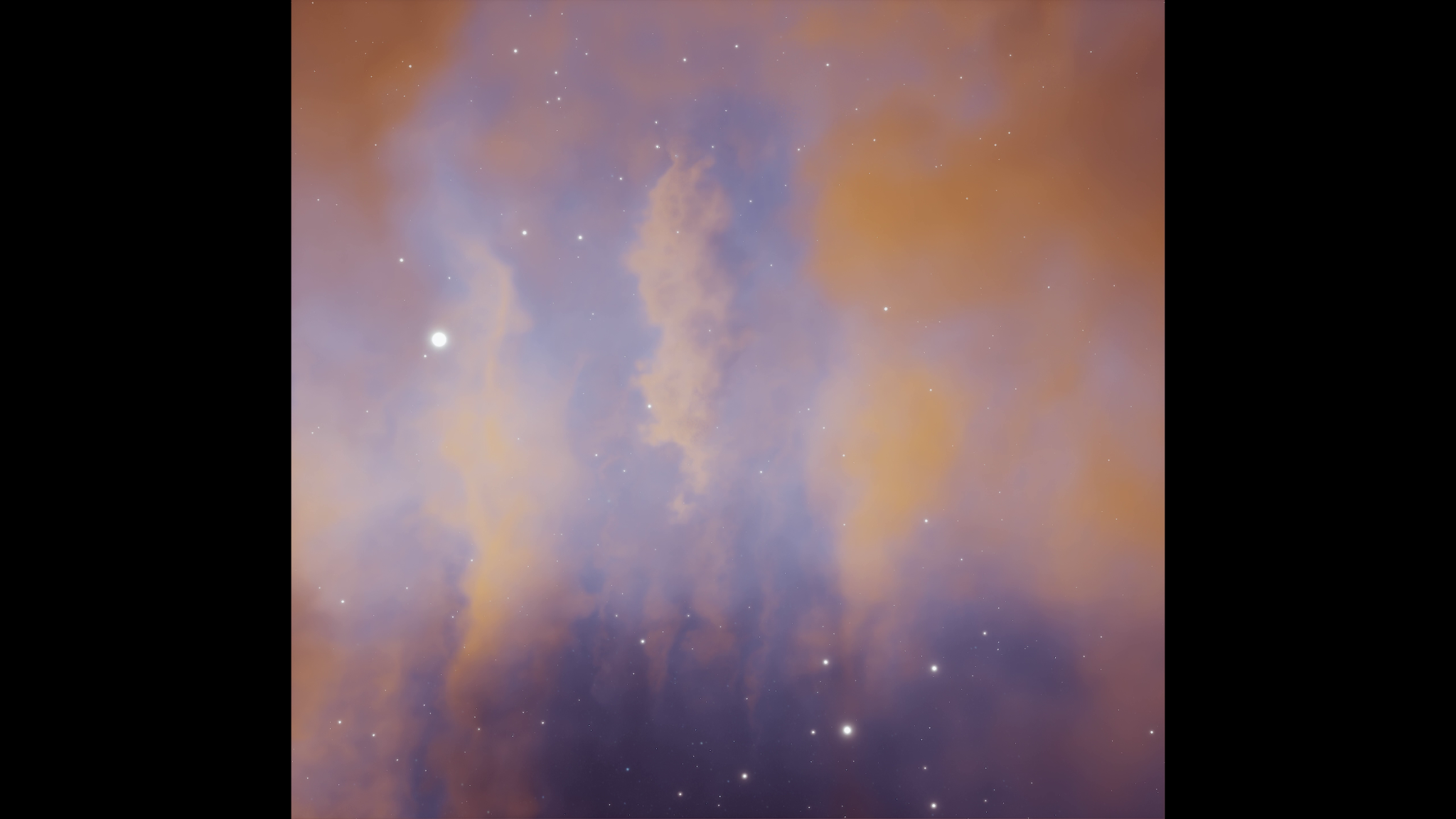

Development — With what do we build the universe and how?
The universe is of course staggeringly vast, & the deeper you look the more there is to see. How do we create the depth and variety that we need, within the finite computing power and time available to mere humans? Here we took lessons from the phenomenon of Emergence in order to create our own controlled simulation of the universe. As in nature, complexity and emergent properties arise when a number of simpler building blocks interact with each other and their environment. This is how life takes shape with staggering complexity ↓
Compositional systems such as cameras, lighting, the generation of landscape forms and the spawning of additional elements in the artwork are generative — designed to construct the most beautiful shots systematically in Unreal Engine.
Compositional knowledge is something that one often takes for granted as a designer. In complex generative systems this doesn’t come for free; the system needs to be told how to compose images. When it is unknown ahead of time what the system is about to generate you need to design robust compositional rulesets that cater to all possible scenarios.— [camera framing] directing the camera towards what we anticipate will be the most stunning of compositions
— [camera motion] deciding on the best camera paths to retain beautiful shots all times
— [lighting] controlling light direction based on the camera
— [scene composition & world building] populating the worlds with beautiful features only around the camera frustrum
— [edge-cases] avoiding undesirable cases like spawning in mountains, or flying too close to an object.



Unique planet surfaces are generated on the fly in real-time, behind the scenes. Once they have been loaded in the background the system can cut to that scene.
In order to do this, we employ a form of Systematic Terraforming. Terrains are generated with a system that uses a weighted probability lottery to stamp various features into the landscape, driven by the world/universe variables. Landscape features are chosen procedurally, stamped in randomly without intersecting and are then blended together.




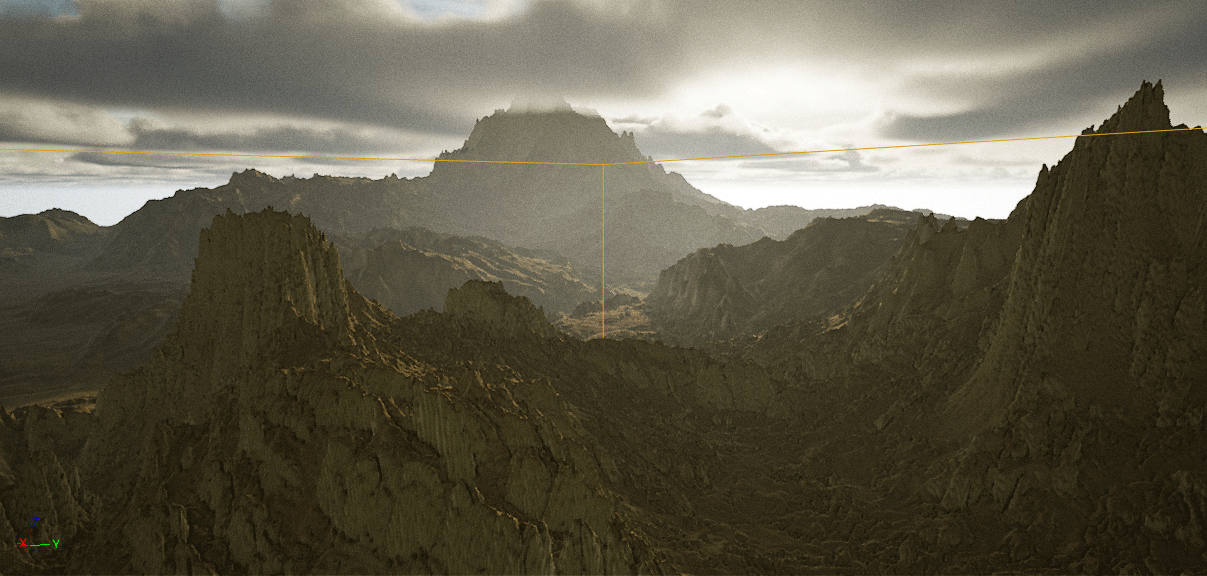


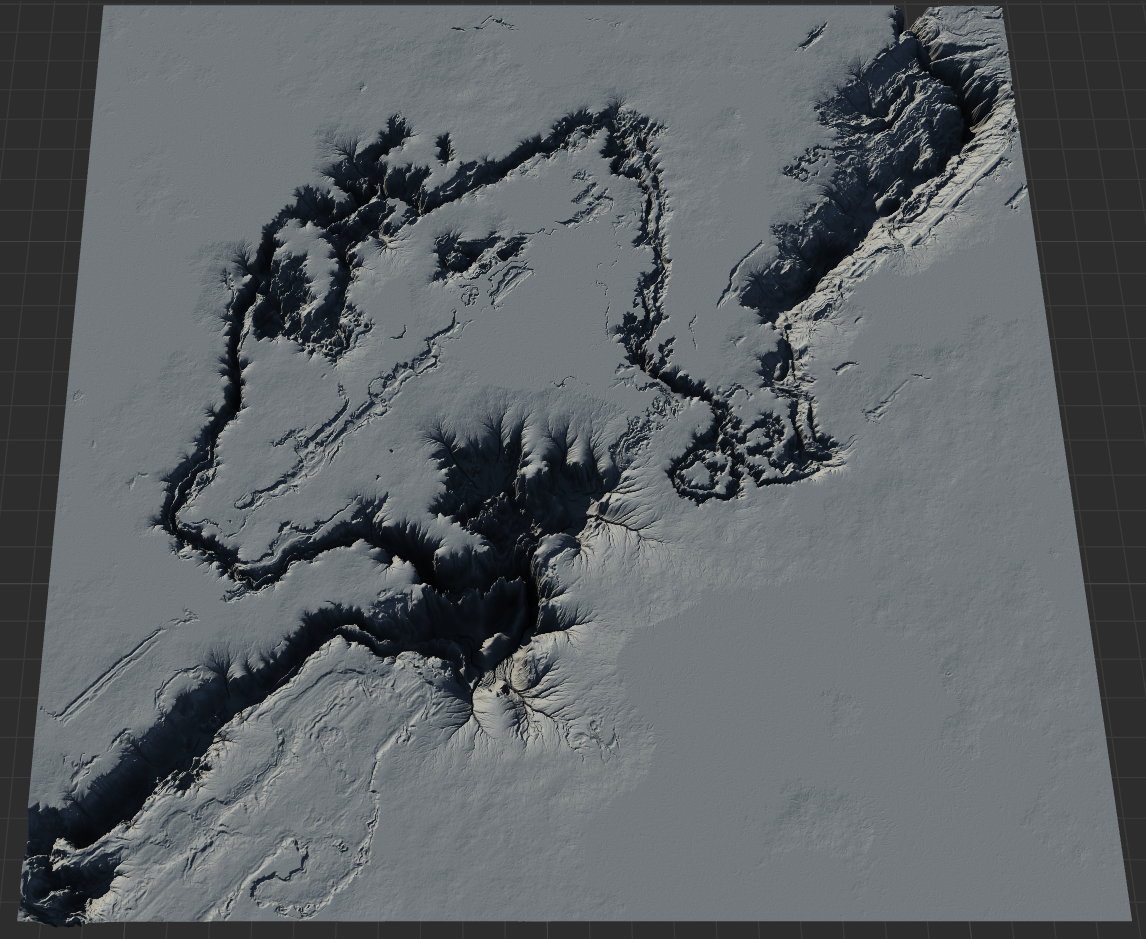






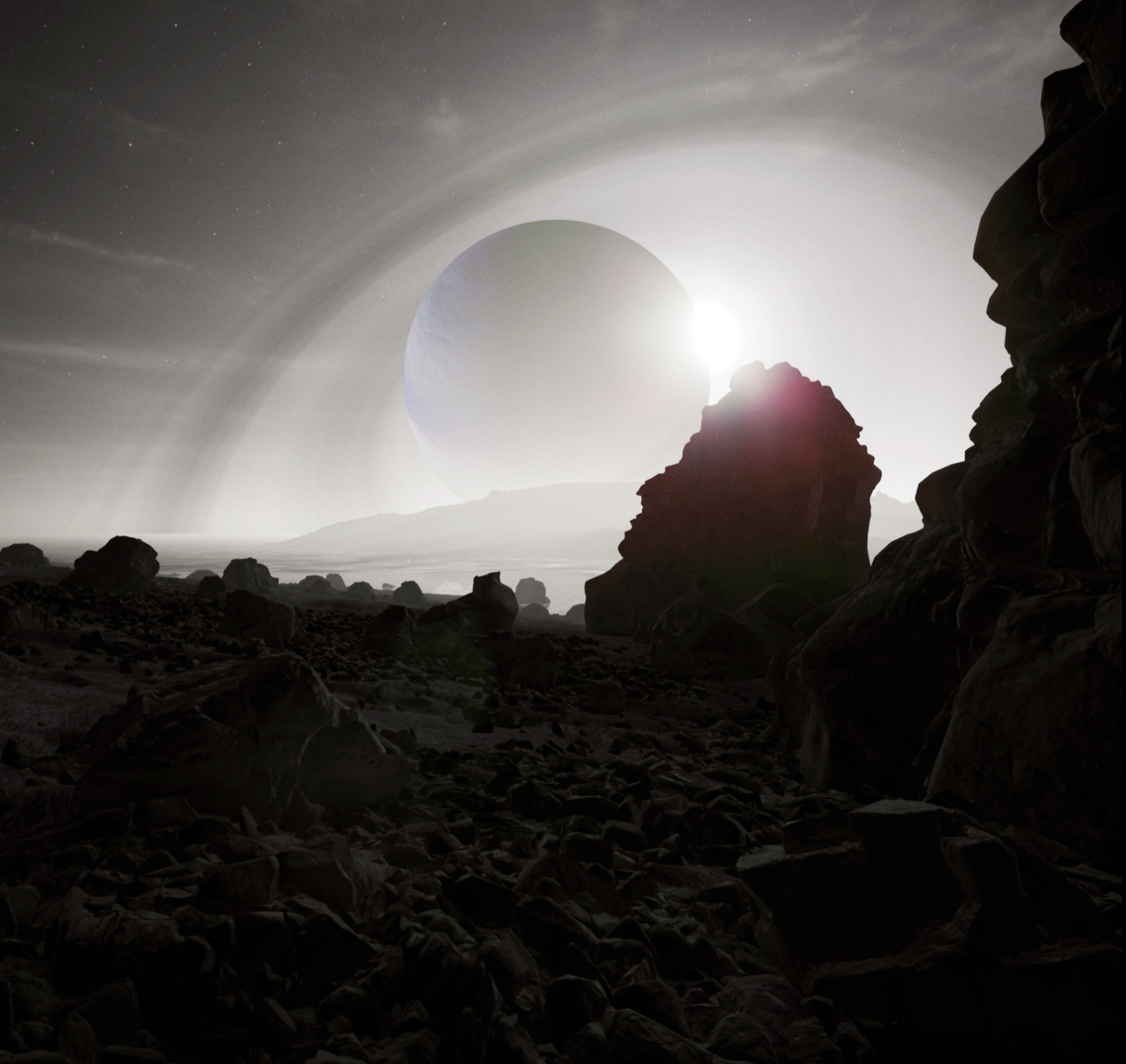




Real-time nebula fly-throughs
In these regions, the formations of gas, dust, and other materials “clump” together to form denser regions, which attract further matter. This notion gave rise to a particular ruleset for composition. Calculating the densities of each generated nebula we could figure out where the points of interest were likely to be.




Planetary variations
Each part of the universe is driven by a set of overarching parameters such as entropy, dynamism, water coverage, atmospheric density, vegetation % & temperature. Exoplanets are simulated using these universal variables in conjunction with more specific variables local to the archetypes to create a variety of unique worlds, from gas planets, to ice or water planets as well as rocky or terrestrial ones.
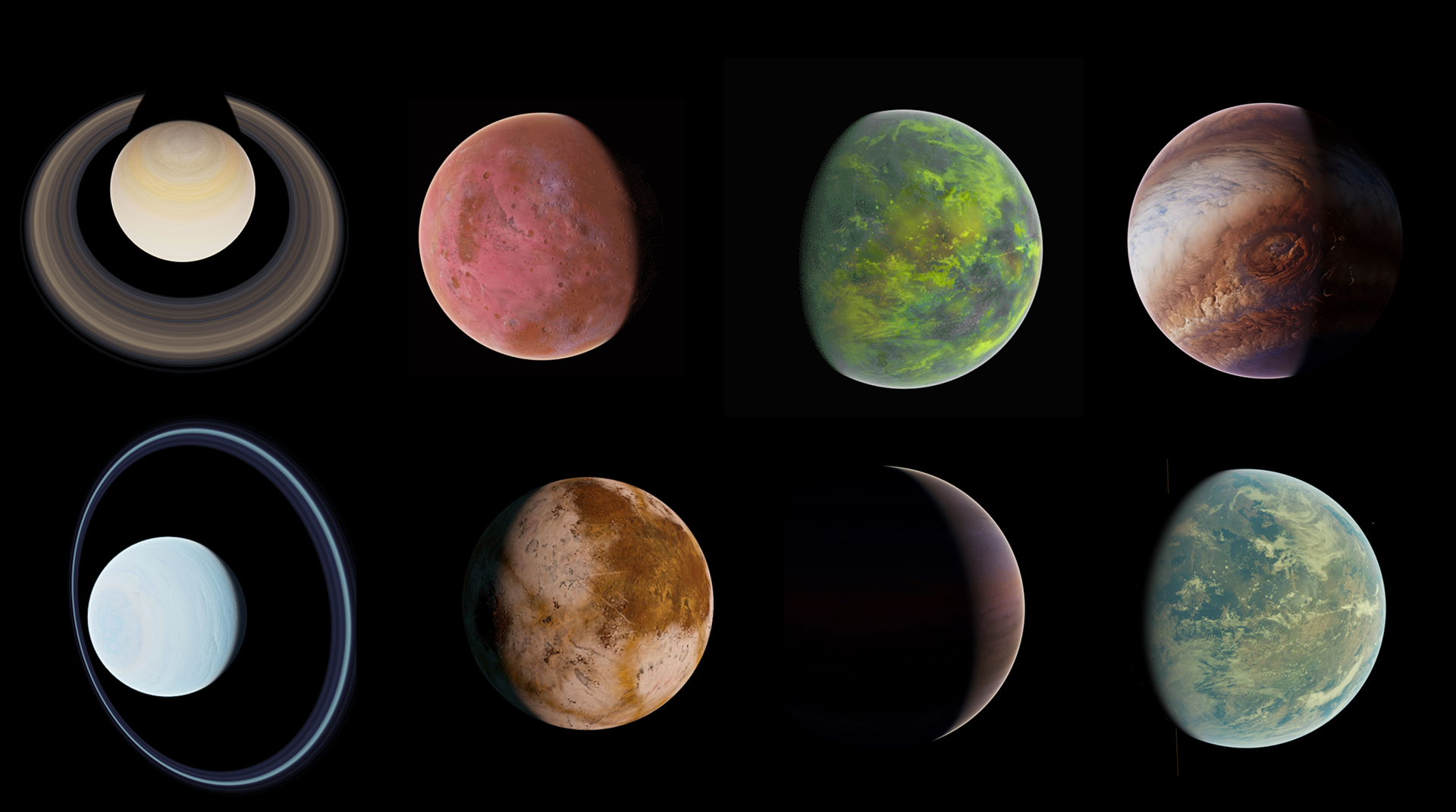

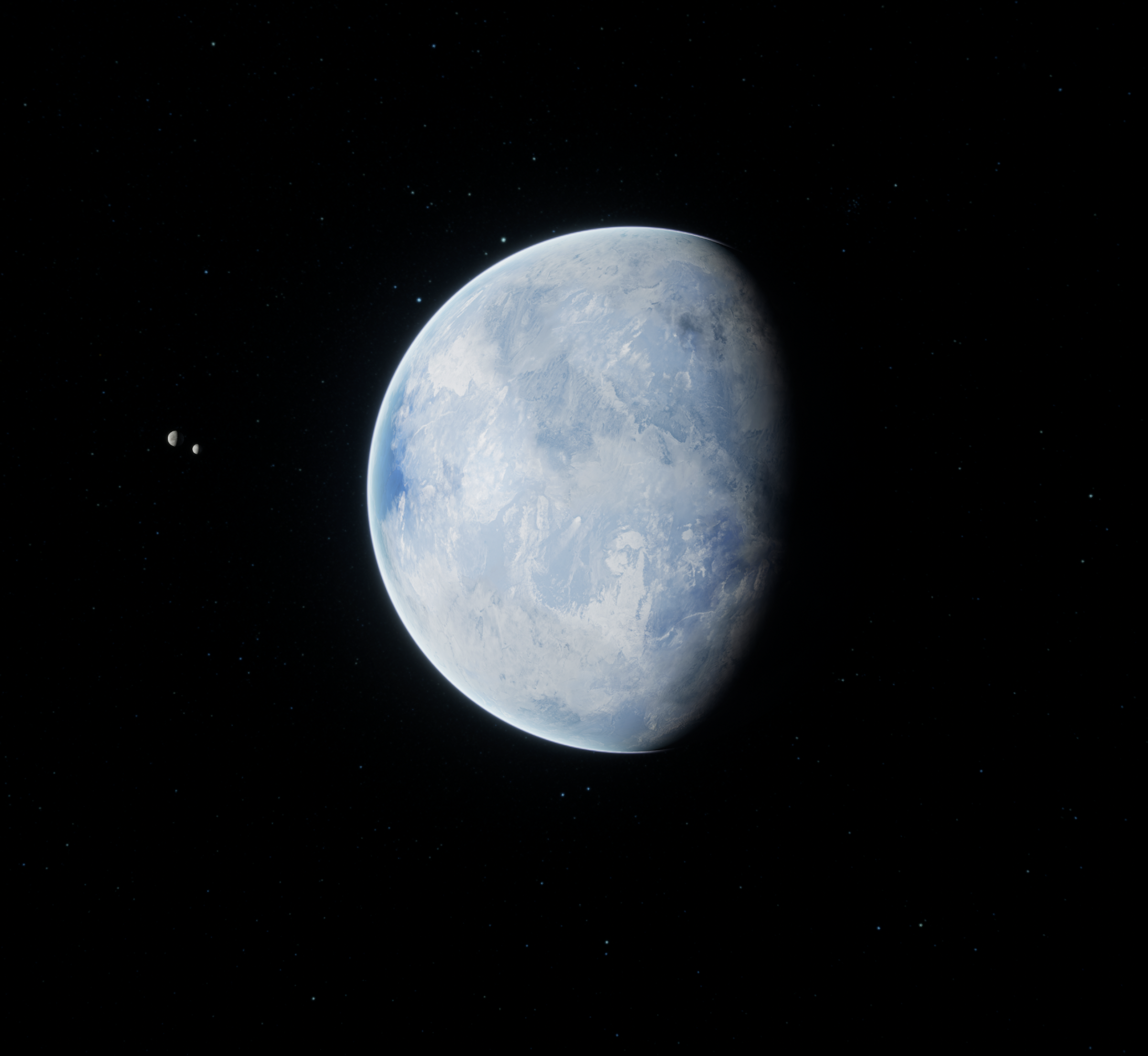
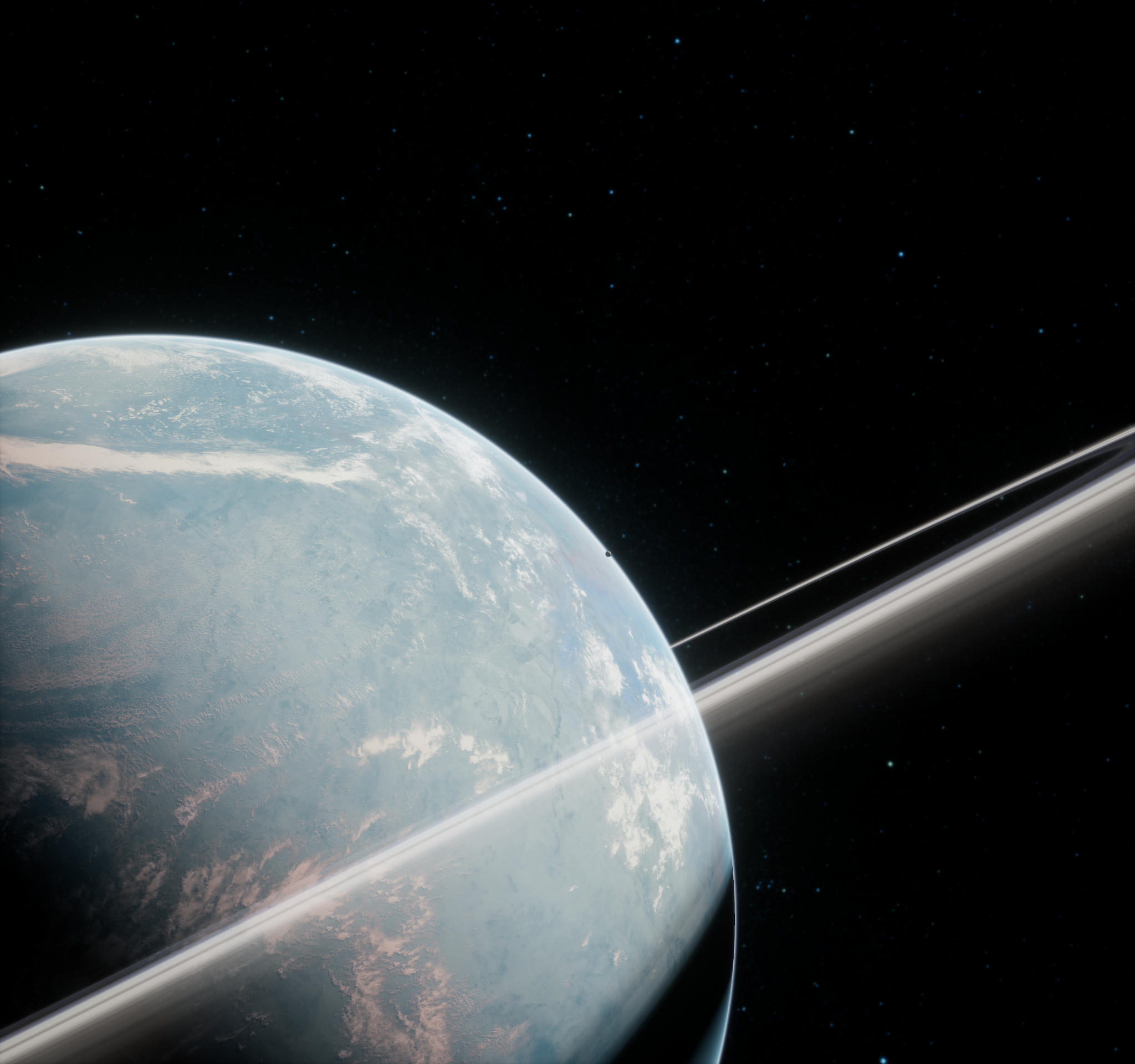




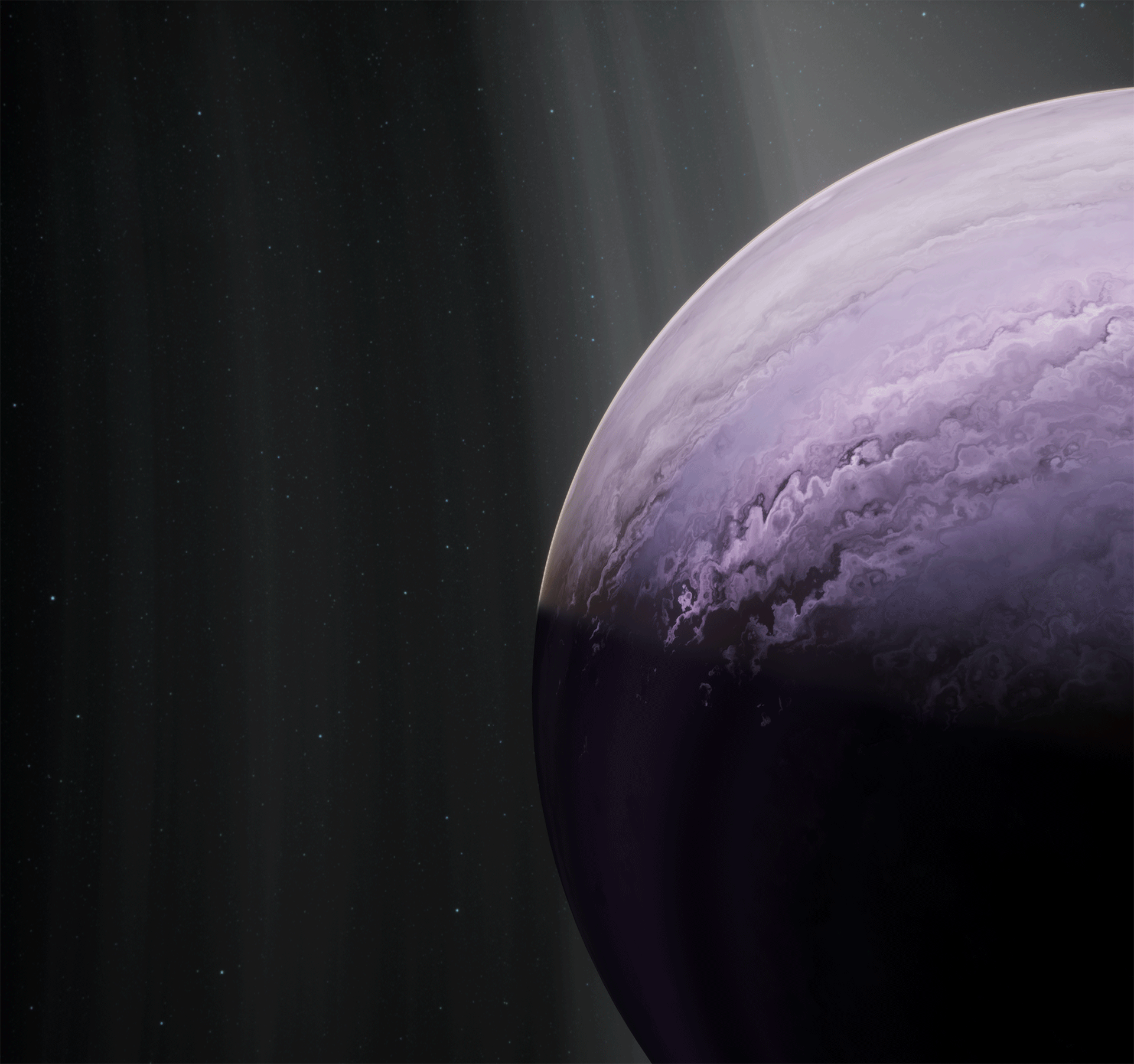




Can we repurpose natural simulations of the natural world such as physarum (a plasmodial slime mold) to drive the structure of our alien worlds in other unique ways?
In early development we built a low-level plugin to generate slime mold simulations that we mapped to all kinds of parameters in our world creation – from the placement of rocks and plants to strange and unexpected terrain. cloud & nebula forms.




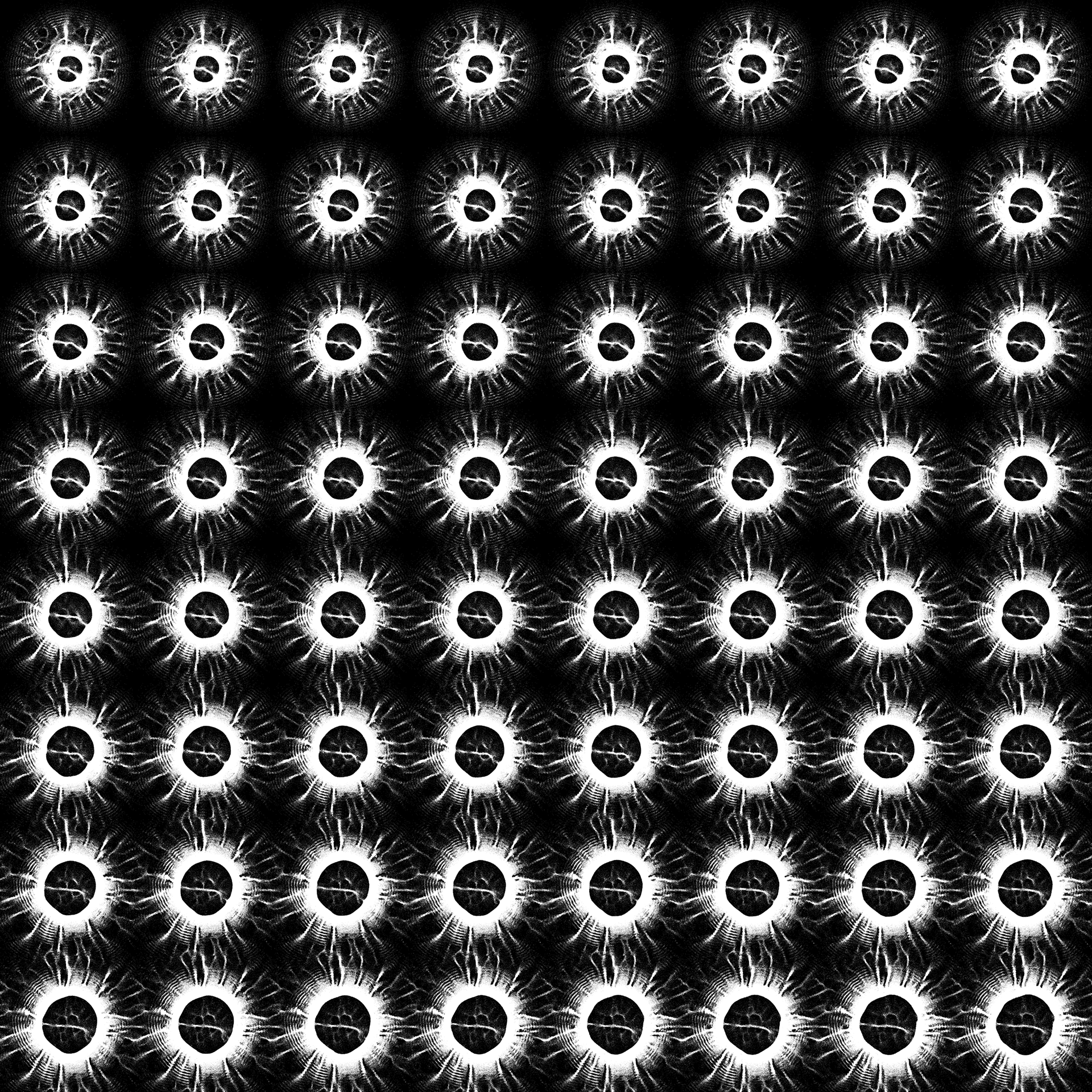
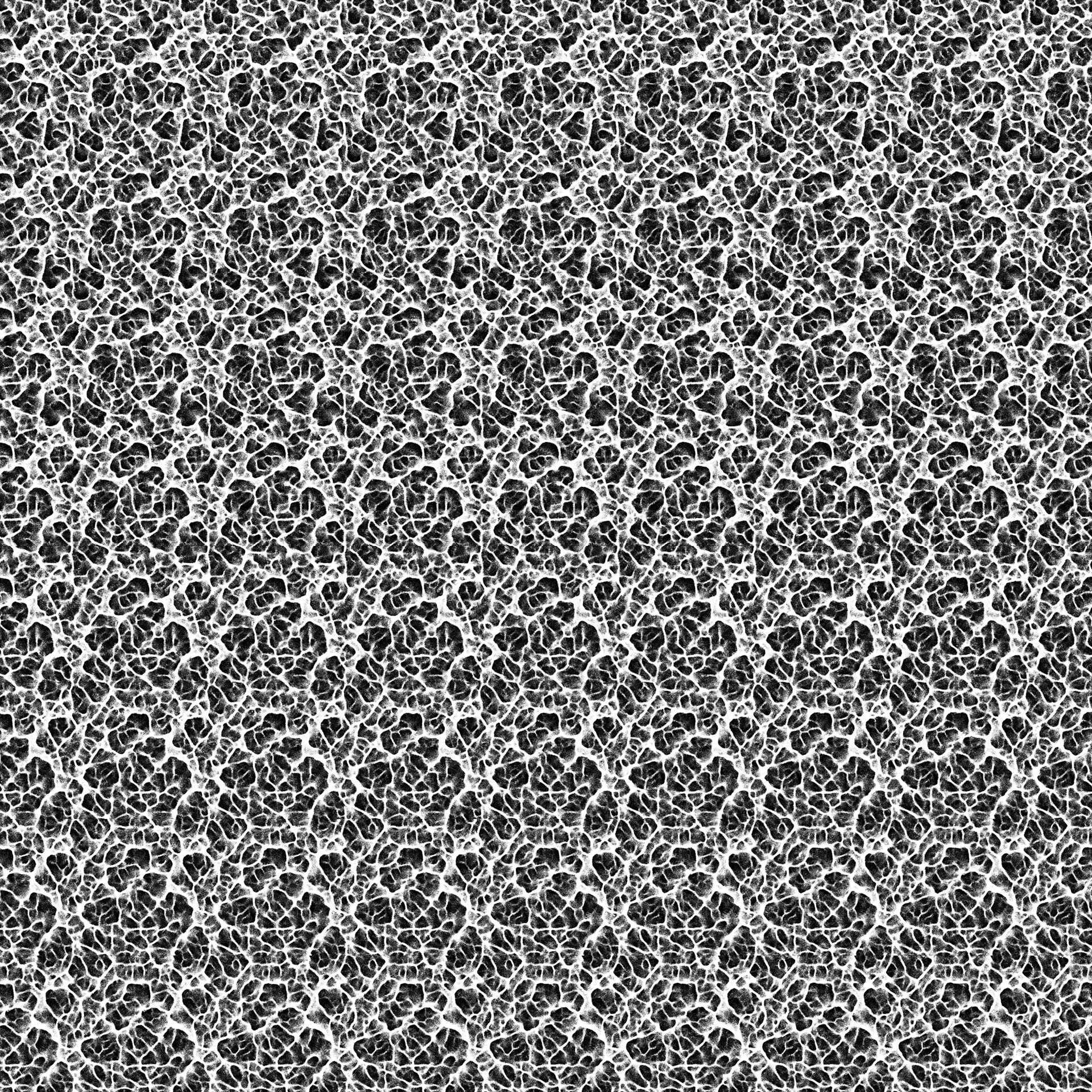

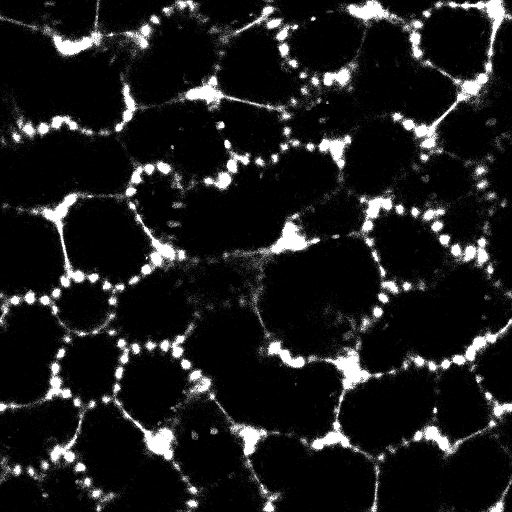




Procedural alien flora & strange rock systems ↓
A myriad of unique, procedurally generated flora and rocks are systematically chosen and scattered based on the variables of defined in that particular part of the universe













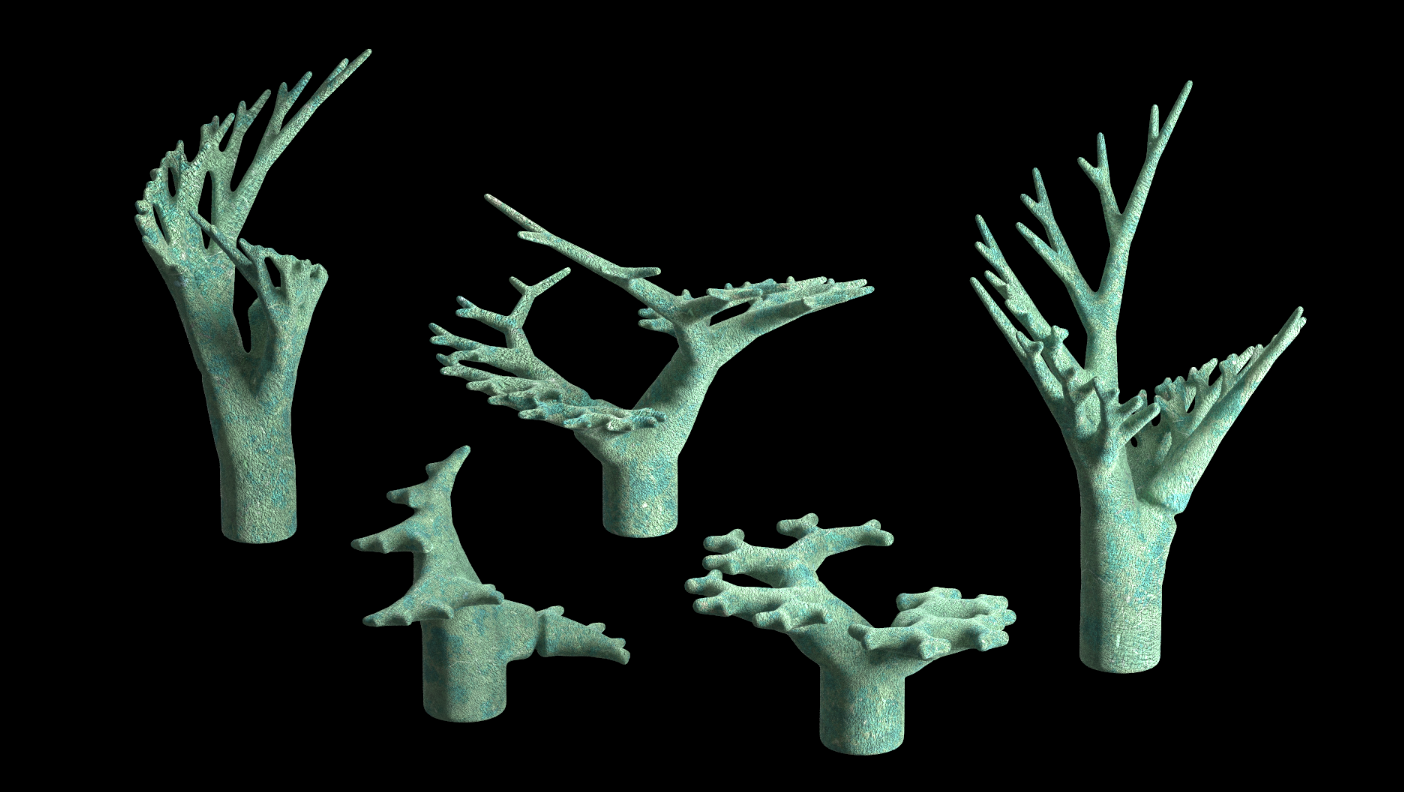

Designed, directed & produced – FutureDeluxe
Tim Gfrerer
Svet Lapcheva
Curtis Baigent
Arturo Castro
Marc Winklhofer
Andrea Zucchetti
Steve Watts Kennedy (Kuva)
Matteo Zamagni
James Lee
Lukas Schmeck
Caleigh Illerbun
Kristian Glenn
Ben Black
Matthias Winckelmann
Jacob Spacek
Marcus Chaloner
Will Denning
Music [Film] – Mihalis Shammas
Music [R&D & Trailer] – Seven Orbits
Promotional Edits – Laurence Green + Carla Thomas (Okay Studio)
